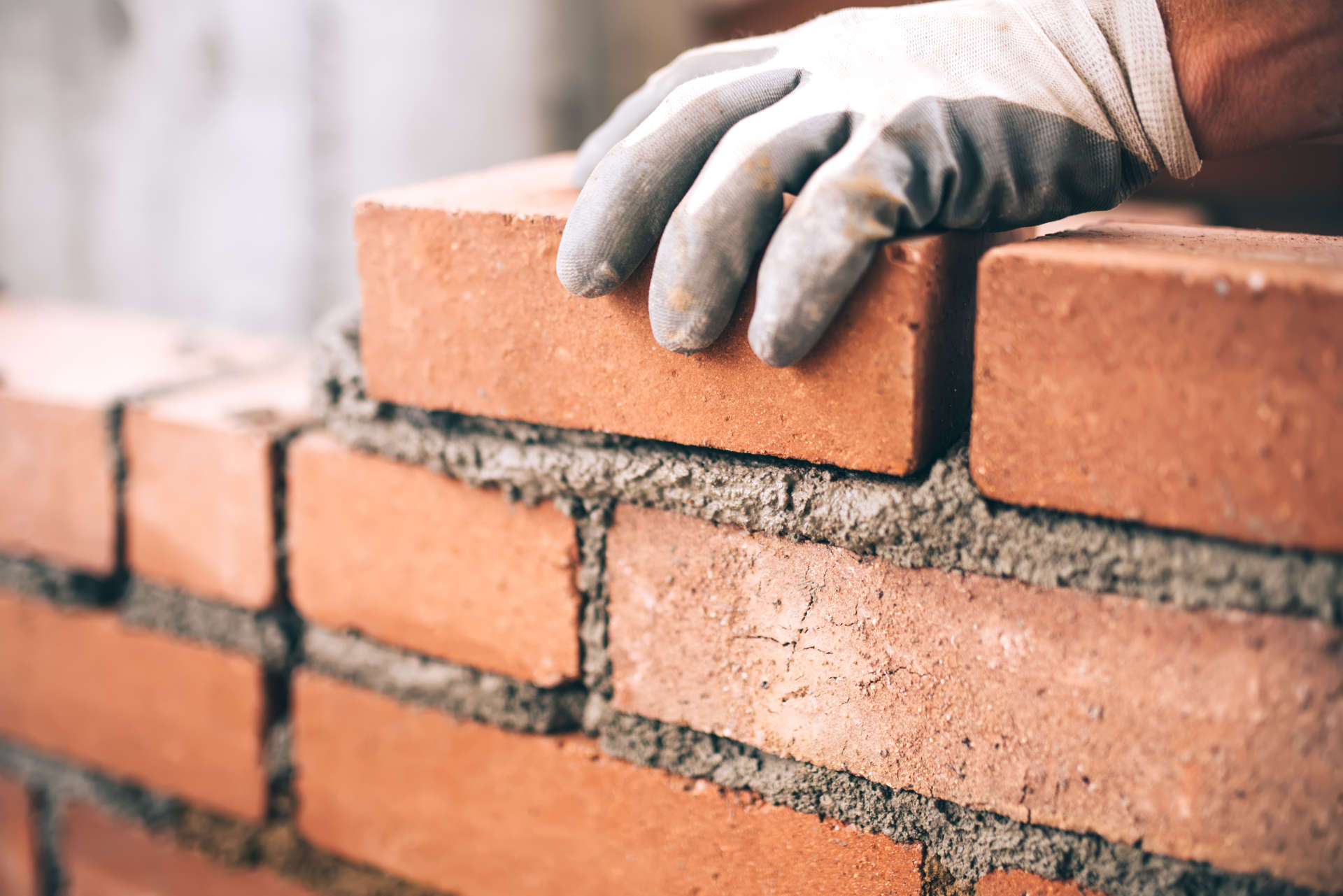Brickworks have been used for centuries around the world and continue to be a popular building material today, but have you ever wondered how bricks are made? In this blog we will fill you in on how the classic kiln-fired brick is manufactured.
The raw material – clay
Bricks are made, principally, using clay. Specific clays are best used for bricks, and the location of where the clay is mined will affect its final color! This is important to understand during repairs as making a seamless match requires expertise from professionals in masonry repair Chicago.
The manufacturing process
1. Crushing aka milling
Raw clay is dried and then it is crushed and ground up by a “jaw crusher”. At this point other key ingredients are added.
2 – Brick Forming
Shaping of the bricks can change around the world but the most popular and modern technique is known as extrusion. This is a large-scale mass production used for most brickworks Chicago builders use.
3 – Additional Steps
Once the mandatory steps are completed, some manufacturers have additional steps to carry out, depending on the requirements for the brickworks Chicago suppliers ask for. For example, many bricks require chamfering, which is using a roller to put indentations and grooves into the bricks. Additionally, bricks can be coated in sand using a coating machine, pressure roller, or even a sandblaster. This helps add more strength to the brick, helping reduce the need for costly brick repair Chicago residents try their best to avoid.
4- Drying
This could be one of the most important steps. If moisture is not properly removed from bricks they could crack during the firing process, which would totally destroy the brick, or minimally cause weak bricks, which could lead to premature masonry repair Chicago. The most common way to dry many bricks at once is a tunnel dryer.
A tunnel dryer is essentially a long chamber that the unfired bricks pass through. Hot air is then circulated by a fan and pushed into the dryer to remove all moisture. The other method used is an automatic chamber dryer. In this case, bricks lie on stamped rods in stacked rows and are dried by a carefully regulated climate.
5. Firing
Finally, with the bricks totally dried they can go into the kiln for firing. Bricks are normally just moved from the dryer to the kiln on the same trays or “cars”. Extreme heat sets the bricks in their shape and strengthens them. Most kilns are tunnel kilns, which are very similar to tunnel dryers, but hotter! Modern kilns get better and more efficient every year, helping the time and cost of brickworks production to go down.
6. Unloading
Once out of the kiln bricks are allowed to cool and are removed or “cut” from the cars and stacked so they can be wrapped up, ready to become a part of the Masonry Chicago so loves.
A versatile building material
Brickworks are beautiful, durable, and classic, making them a wonderful choice for chimneys, pizza ovens, garden walls, or entire buildings. And with just a bit of maintenance, like routine tuckpointing Chicago masonry companies offer. and the occasional masonry repair, your brickworks Chicago will stay strong and elegant for years to come!






